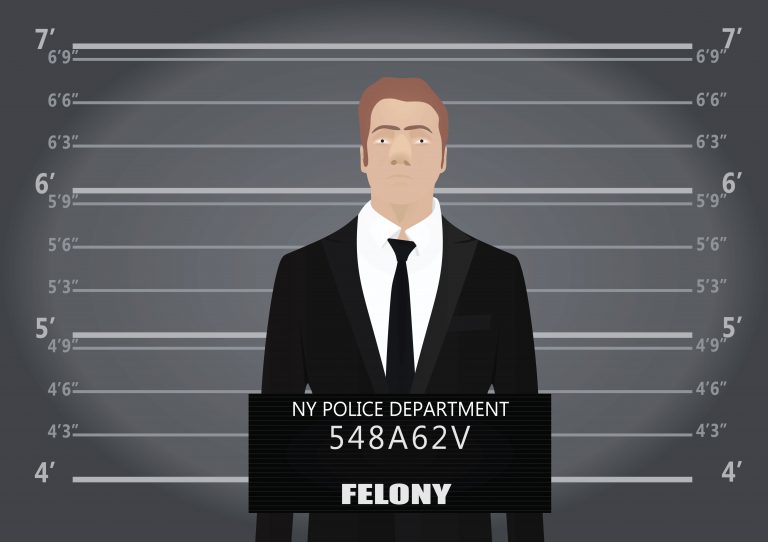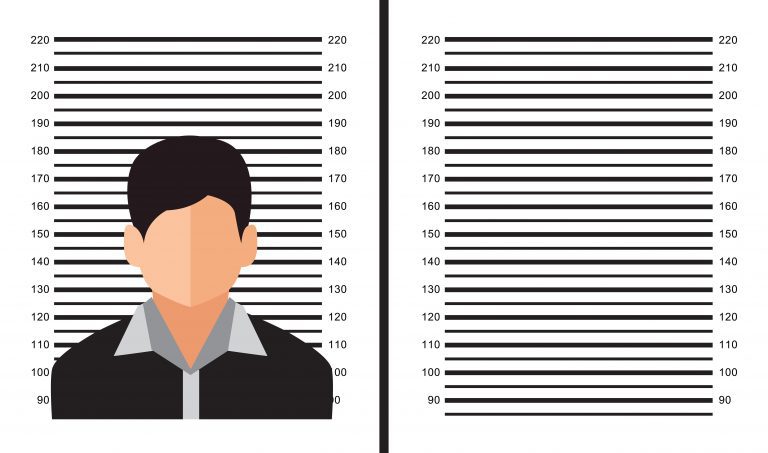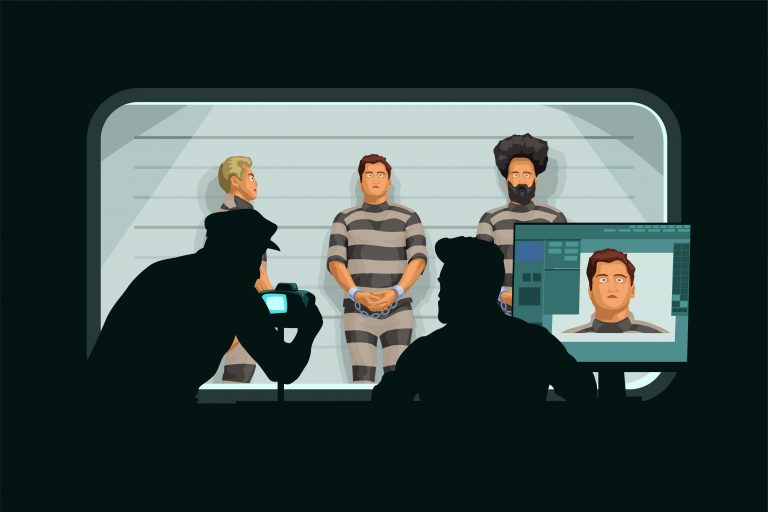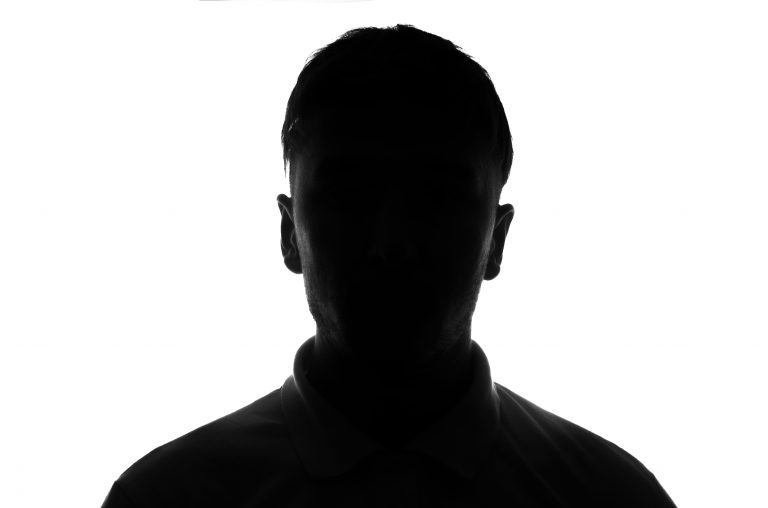The Truth About Online Mugshots: How Long Do They Really Stay Online?
October 31, 2023Online mugshots, a growing concern in the digital age, are booking photographs published on various websites, impacting individuals’ lives significantly….

Mugshots, or booking photographs, are familiar images taken during the arrest and booking process and serve crucial legal and law enforcement purposes. They help identify suspects, serve as evidence, and aid in investigations by matching suspects with witnesses or victims. Mugshots also alert the public about potentially dangerous individuals, contributing to crime prevention.
However, privacy concerns arise as mugshots can negatively affect individuals, even if they are innocent. Striking a balance between law enforcement needs and individual rights is essential in handling and disseminating the release of mugshots. Understanding their significance is key to appreciating their role in our legal system and society.
A mugshot, or booking photograph, is taken by law enforcement during an arrest, providing a visual record of an individual’s appearance. Mugshots serve important roles in identification and investigation within the criminal justice system.
They act as evidence for verifying an individual’s identity and are stored in criminal databases for suspect identification. Additionally, mugshots are shared publicly to alert communities about potentially dangerous individuals, aiding in crime prevention.
However, concerns about privacy and societal stigma surround the use of mugshots, raising ongoing legal and ethical debates. In essence, mugshots serve as crucial tools for law enforcement but also trigger discussions about personal privacy and potential repercussions for those depicted.
Mugshots serve vital purposes in law enforcement, helping police identify suspects and providing evidence for investigations. They contribute to criminal records and databases, aiding in tracking criminal activity.
Mugshots also enhance public safety by alerting the community to potential threats and deterring crime. However, privacy concerns about mug shots often arise, as their publication can affect individuals’ reputations, especially if they are innocent. Balancing public interest and personal privacy is essential in handling and using mugshots.
Mugshots play a vital role in the legal system by serving as visual proof of a person’s identity during their arrest and their processing by law enforcement. They can corroborate witness testimonies and contribute to comprehensive criminal records, assisting law enforcement in identifying suspects and offenders for future investigations.
Mugshots play a crucial role in assisting in criminal investigations. By capturing the image of a suspect at the time of arrest, mugshots provide valuable visual evidence for law enforcement agencies. This visual evidence helps investigators identify individuals involved in crimes and gather information about their appearance, including tattoos, scars, clothing, or unique physical features. Such details can assist in connecting suspects to specific criminal activities or linking them to ongoing investigations.
Mugshots also help build comprehensive criminal records and databases. These records serve as a central repository of information about individuals who have been arrested, enabling law enforcement agencies to track and monitor criminal activity. Mugshots become an important component of these records, allowing investigators to establish a visual record of an individual’s involvement in previous criminal activities.
Mugshots further assist in streamlining the investigative process. By providing law enforcement officers with a visual reference, mugshots make it easier to identify suspects, potentially leading to the swift resolution of cases.
Therefore, it is evident that mugshots play a significant role in assisting in criminal investigations. With their ability to provide visual evidence, aid in building criminal records, and streamline the investigative process, mugshots are a valuable tool for law enforcement agencies to pursue justice.
Capturing and storing mugshots is a vital part of law enforcement’s standard procedure, contributing to creating criminal records and databases. Each mugshot is linked to an individual’s criminal history and personal details, aiding in tracking and monitoring those with a criminal history. These records help with future identifications in investigations and provide a detailed criminal record and profile, including physical attributes. The information from mugshots can be shared across agencies, promoting cooperation in fighting crime and enabling the analysis of criminal patterns for resource allocation.
Alerting the public to dangerous individuals is one of the key roles of mugshots in law enforcement. By capturing and making these images available to the public, authorities can play a vital role in providing important information about individuals who may threaten public safety. Mugshots serve as visual identifiers to help citizens recognize and report dangerous individuals, thereby assisting in maintaining public safety. When a person is deemed a threat and a mugshot is released, it allows the public to be aware of their appearance and be vigilant in their surroundings. In some cases, a person may be wanted for a serious crime or be a repeat offender, and alerting the public can aid in their capture and prevent further harm.
These images can also aid investigations by encouraging witnesses to come forward and provide valuable information to law enforcement, thus assisting in alerting the public to dangerous individuals. By disseminating mugshots through various media channels, authorities increase the chances of obtaining tips or leads to help solve crimes and bring dangerous individuals to justice.
Law enforcement agencies must provide accurate and up-to-date information to ensure the effectiveness of alerting the public to dangerous individuals through mugshots. Regularly updating mugshot databases and promptly publishing relevant information about individuals who are considered dangerous can help maximize the impact of mugshots in ensuring public safety.
Mugshots play a pivotal role in crime prevention by aiding law enforcement in identifying repeat offenders and criminal patterns. These images are shared with the public, promoting community engagement and reporting of suspicious individuals. Mugshots also act as a deterrent, discouraging potential criminals. Law enforcement uses mugshots to create databases for efficient suspect identification and apprehension, contributing to crime prevention efforts.
Mugshots raise legal issues and concerns regarding privacy rights and potential harm to an individual’s reputation. The publication of mugshots can have long-lasting and damaging effects on a person’s life, even if they are later found innocent or charges are dropped. These issues have led to debates about the ethics and legality of publicly displaying mugshots.
Incorporating legal issues and concerns, mugshots raise questions about privacy rights and the potential harm they can cause to one’s reputation. The publication of mugshots can have long-lasting and damaging effects on an individual’s life, even if they are later found innocent or charges are dropped. These legal matters have sparked debates about the ethics and legality of publicly displaying mugshots.
In some cases, individuals may face difficulties in finding employment or housing due to the presence of their mugshot online. This can result in financial and emotional distress. The availability of mugshots on various websites often comes with a price for removal, further exploiting those already vulnerable.
Incorporating legal issues and concerns, individuals may face challenges in finding employment or housing due to the presence of their mugshot online. This can lead to financial and emotional distress. The availability of mugshots on various websites often comes with a price for removal, further exploiting those already vulnerable.
Legal measures have been taken to address these concerns. Some states have implemented laws to limit the public dissemination of mugshots or require websites to remove them upon request. These efforts are not uniform across other states in the United States and remain a complex issue to navigate.
Incorporating legal issues and concerns, there have been legal measures taken to address these concerns. Some states have implemented laws to limit the public dissemination of mugshots or other photos or require websites to remove them upon request. However, these efforts are not uniform across the United States, making it a complex issue.
Incorporating legal issues and concerns, the controversy surrounding mugshots encompasses matters of privacy rights, reputation damage, and the necessity for legislation to safeguard individuals from the enduring aftermath of having their mugshots published. It is imperative to persist in addressing these concerns to ensure fairness and justice for all.
Mugshots profoundly impact reputation and can create stigma for individuals involved in criminal activities. A mugshot in public records enables easy access for anyone, leading to negative judgments and assumptions about a person’s character, ultimately affecting their reputation significantly.
The availability of a mugshot in the public domain may result in various consequences, adversely impacting an individual’s personal and professional life. It becomes challenging to secure employment, housing, or maintain relationships. The stigma associated with a mugshot can lead to social isolation and prejudice, making it difficult for individuals to move on from their past mistakes.
In today’s digital age, the impact on reputation and stigma becomes even more significant. Mugshots are frequently shared online through websites that exploit public embarrassment for profit. Even in cases where a person is not convicted or found guilty, their mugshot can still circulate and perpetuate negative perceptions.
Individuals can take proactive measures to alleviate the impact on reputation and stigma. One option is to seek legal assistance to remove their mugshot from websites, as some platforms allow this under certain circumstances. Focusing on personal growth, rehabilitation, and positively contributing to society can help counteract negative perceptions.
It is crucial to recognize the enduring influence that mugshots can have on reputation and stigma. Society should strive to foster a culture of understanding and second chances, enabling individuals to overcome past mistakes and rebuild their lives.

Online mugshots, a growing concern in the digital age, are booking photographs published on various websites, impacting individuals’ lives significantly….

The “Mugshot Zone” is a pressing issue in the digital age, causing harm to people’s lives. This guide aims to…

The public availability of mugshots has been a topic of debate and raises important considerations regarding privacy and the impact…